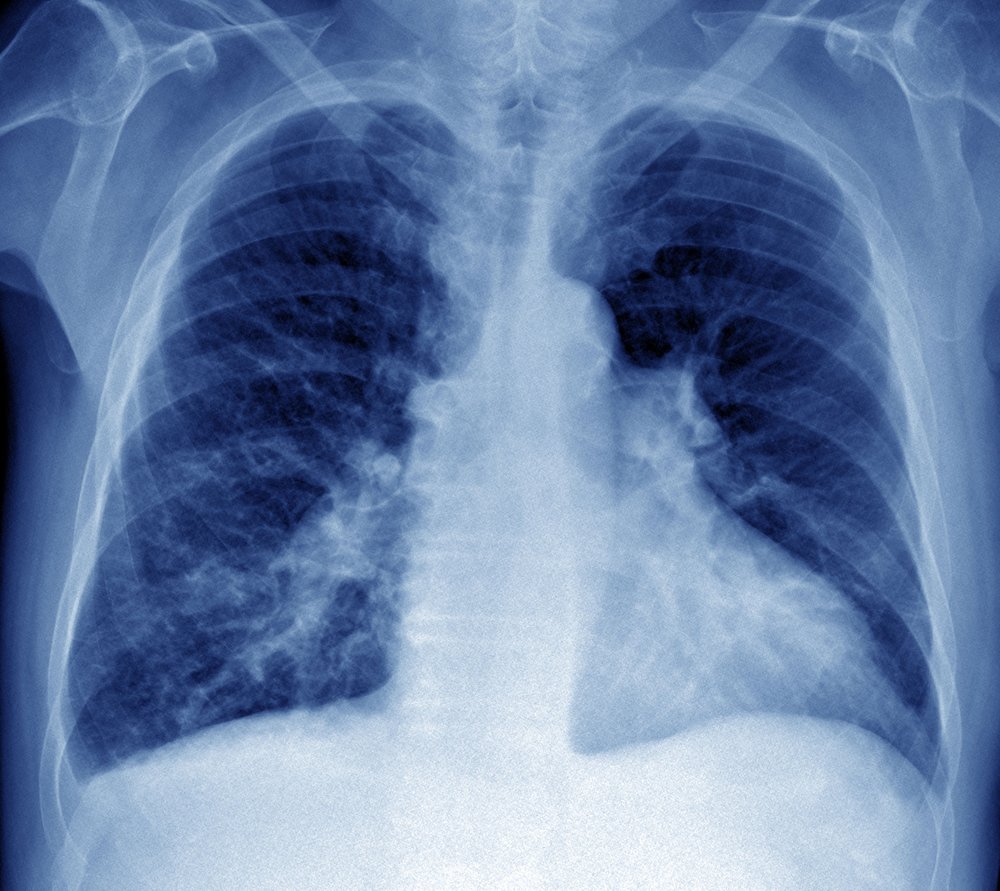Avoiding intubation and mechanical ventilation during subcutaneous pump implantation under local anesthesia and conscious analgosedation was feasible in patients with advanced pulmonary arterial hypertension (PAH), according to the results of a recent study published in Journal of Infectious Diseases.

Researchers retrospectively reviewed outcomes of patients with PAH undergoing a surgical procedure to place a pump to intravenously deliver treprostinil. Periprocedural safety was assessed by describing all complications that occurred within 28 days after surgery. Any complications that occurred later than 28 days were assessed via long-term safety. Clinical outcomes were measured by comparison of clinical and echocardiographic measurements of right ventricular function from baseline to follow-up at 6-months.
Among the 54 patients with PAH undergoing pump implant surgery, periprocedural complications occurred in 5 patients. The only anesthesia-related complication (right heart failure with recovery after prolonged intensive care) occurred in the 1 patient who underwent general anesthesia. All other patients underwent local anesthesia with or without short-acting sedation. A total of 18 long-term complications occurred in 15 patients, most notably pump pocket or catheter related problems. Transplant-free survival rates at 1, 2, and 3 years were 77%, 56%, and 48%, respectively.
“Subcutaneous pump implantation under local anesthesia and conscious analgosedation while avoiding intubation and mechanical ventilation is feasible in patients with advanced PAH,” the study authors wrote. “Controlled studies are needed to determine the safest anesthetic approach for this procedure.”
Reference
Kamp JC, Fuge J, Karsten JF, et al. Periprocedural safety and outcome after pump implantation for intravenous treprostinil administration in patients with pulmonary arterial hypertension. BMC Pulm Med. Published May 15, 2021. doi:10.1186/s12890-021-01541-3
